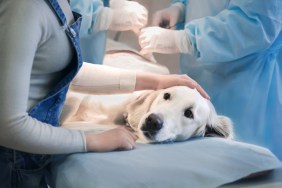Leptospirosis in dogs is a disease caused by Leptospira bacteria, which penetrates the skin and moves to the bloodstream where it can lead to infection throughout the body. Leptospira bacteria exist all over the world in water and soil, and it’s more common in places with warm climates and high rainfall.
When the bacteria infects dogs, it can spread to the liver, kidneys, central…






